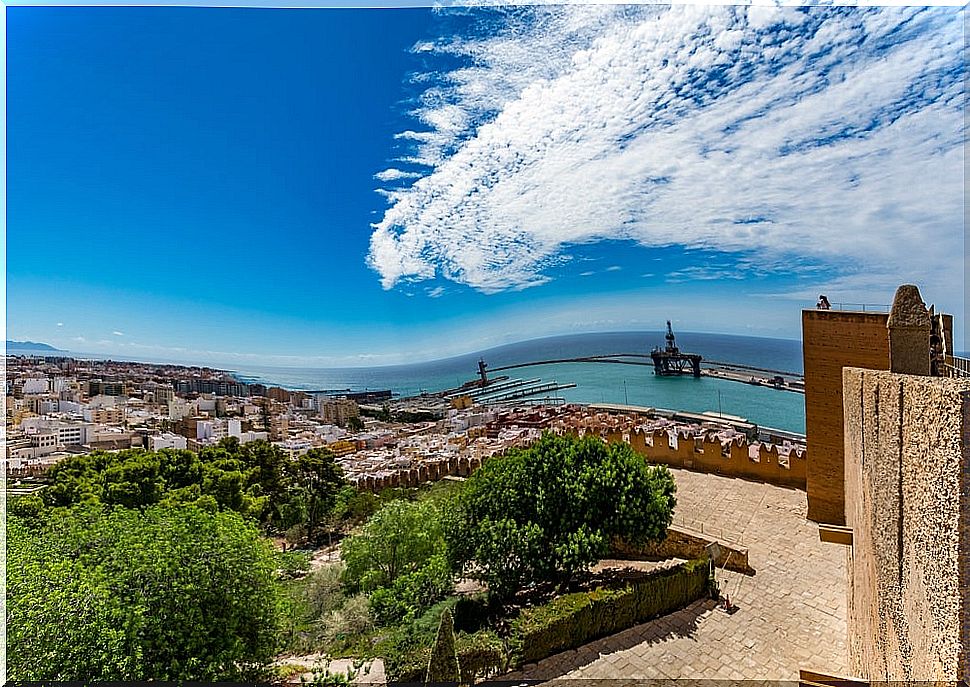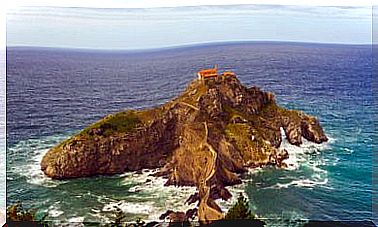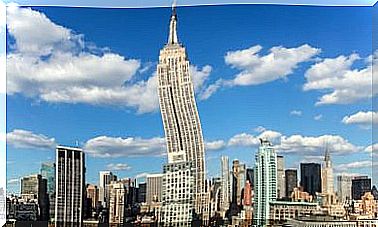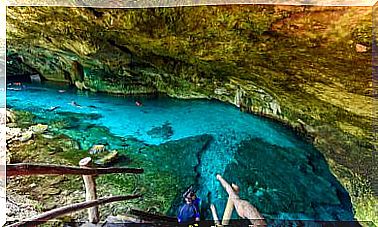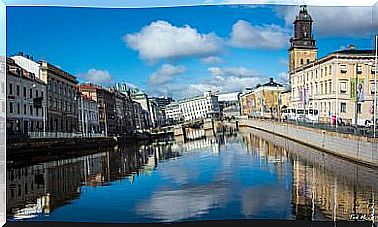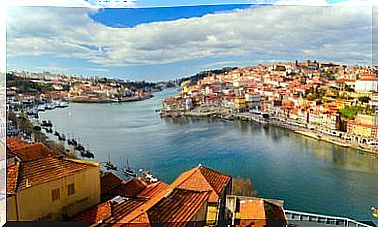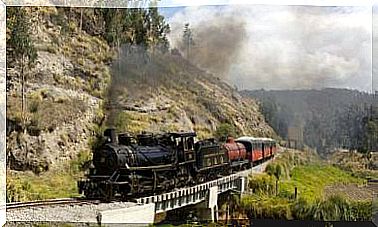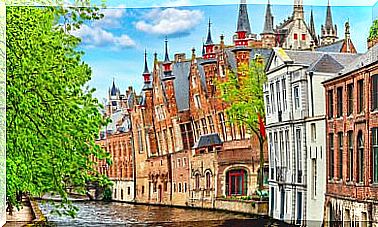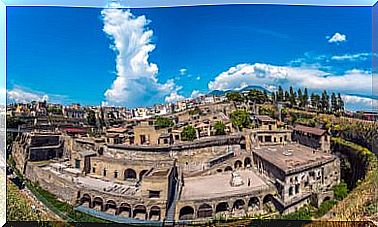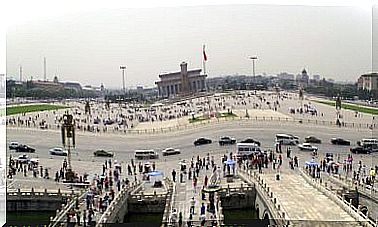A Walk Through The Alcazaba Of Almería
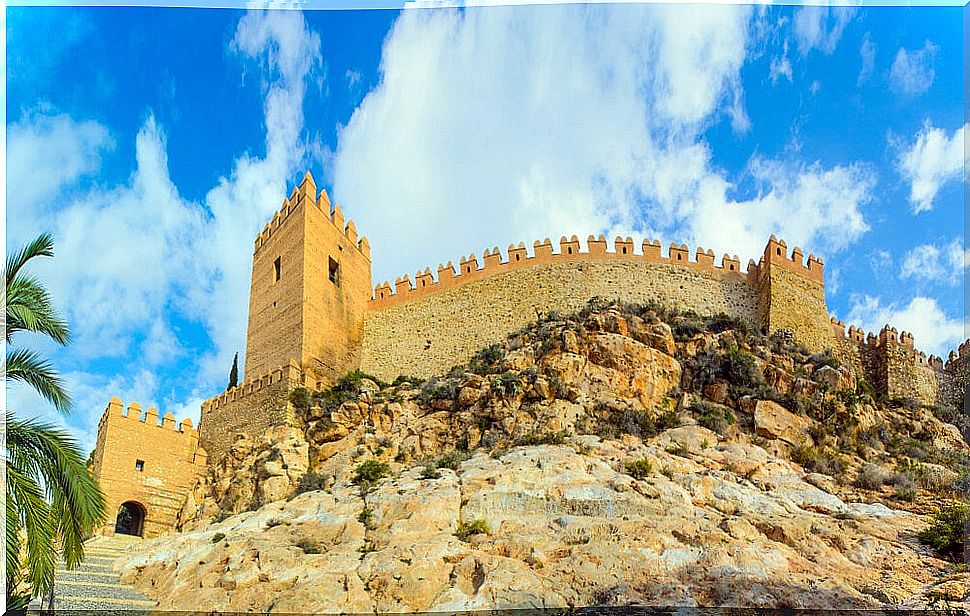
The Alcazaba of Almería is the most important monument in this beautiful Andalusian city. Built on a steep hill, from it you can see the entire city and bay of Almería. And in the same way, from both, you can see this monument from the Muslim era up on the top of the hill.
Thus, sea, monument and city are inseparable and neither can be understood without the other two. Here we propose a beautiful walk through the Alcazaba of Almería, from which you can enjoy the best views of the city and the Mediterranean Sea.
The Muslim Alcazaba of Almería
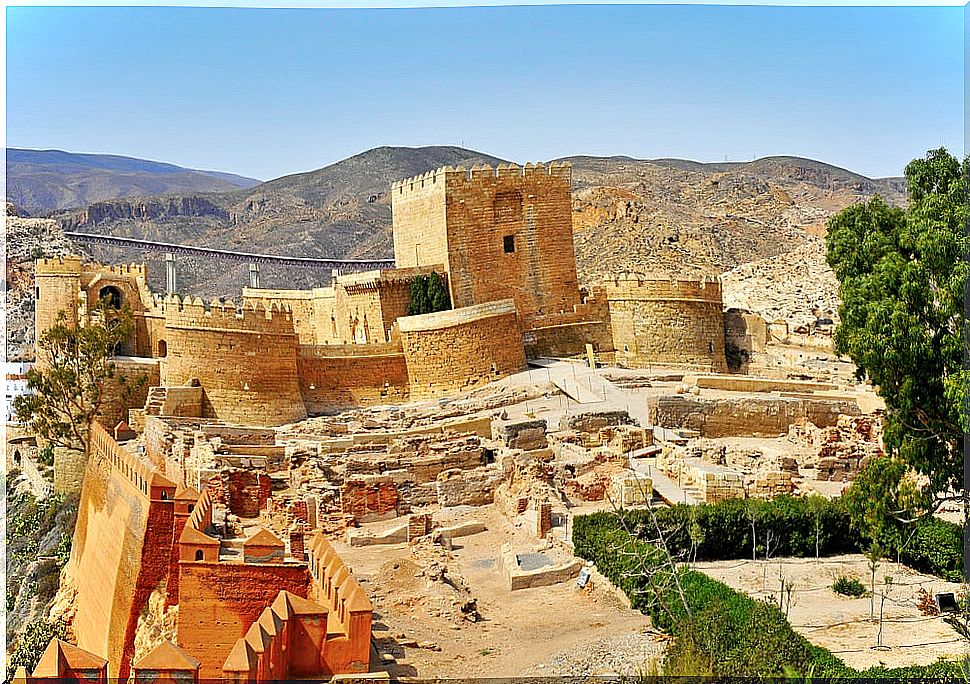
Its construction is due to Adb al-Rahman III, who ordered that it be built on the remains of a previous fortress, perhaps Roman, in the year 955. It is the same year the city was founded and from that moment on it would be a one of the largest fortresses in the entire southern area of Al-Andalus.
But it will be in the time of the Taifa king Al-Mutasin when the Alcazaba of Almería also begins to become a refined palace. Thus, he built his palace in the second enclosure of the citadel, next to a mosque and baths. Next to it they would build a housing area for service personnel and warehouses.
In 1147 Alfonso VII conquers the city, supported by Genoese and Pisans. An occupation that lasts ten years and that supposes a decline for the city and the citadel. In 1157 the Almohads recovered the city and repaired the damage caused by the Christian troops in the construction.
But in the mid-12th century the Kingdom of Almería became part of the Kingdom of Granada, under the Nasrid dynasty. This also meant a decline for this fortress, as the commercial importance of the city will pass to Malaga.
The palace gardens and pavilions are remodeled and new structures are introduced. In 1487 a strong earthquake damaged the structures that make up the Almeria fortress and in 1489 Almería was definitively conquered by the Catholic Monarchs.
A tour of the fortress from the Christian era
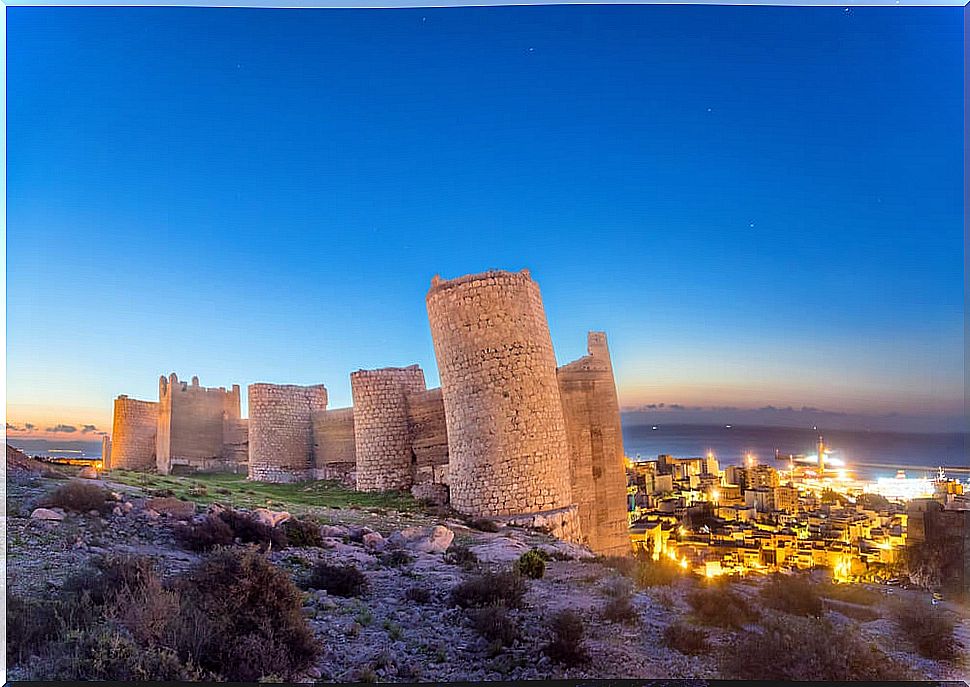
After its conquest, the Catholic Monarchs ordered the construction of a new Gothic-style castle. To do this, they built a fortified structure at the western end, over old houses. The new castle was to be the emblem of the newly established power.
With a triangular plan, it was perfectly adapted to the orography of the hill and circular towers with embrasures will be introduced. In addition, the hermitage of San Juan, in Mudejar style, is built over the mosque. In addition, the defensive bastions of San Matías, La Campana, de la Reina and El Espolón are added.
Its defensive use will be adapted to the times and it is not until the 20th century when it begins to be revalued as a monument. Thus, the conservative architect Prieto Moreno begins to intervene in it and put it in value with the landscaping of the first enclosure imitating the Generalife of Granada.
Declared an Asset of Cultural Interest, it has its own institution to promote its research and conservation, as well as its dissemination and visitation. And now that you know its history. Would you like to visit it?
Visit the Alcazaba of Almería
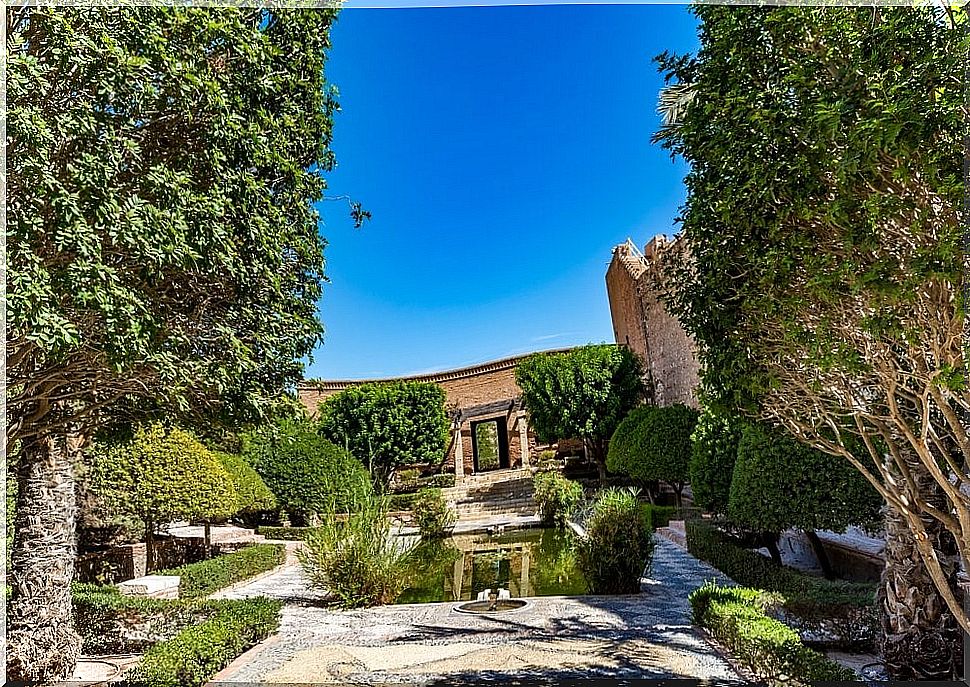
The Monumental Complex of the Alcazaba de Almería is open to the public for their visit. And it has several restored and museum spaces. Among them are two houses from the Muslim period located opposite the hermitage of San Juan and inside which you can understand what life was like at that time.
The hermitage, along with the Christian castle and the keep can also be visited from the inside, as well, as the cistern and the different towers of the wall. In addition, you can stroll through its beautiful gardens and along the walkway of the wall, from which you get the best views of the city, the beach and the port.
The visit is free for residents of the European Union. And it can be visited every day of the year, except for Mondays, which are closed.
